"It takes the black keys and the white keys both, to make perfect harmony."
- Benny Goodman -
I have always loved music.
However, I am no professional musician. I consider myself a "music hacker."
When I was in grade school, the music teacher demonstrated some instruments for us. I thought that the "mellophone" sounded great, and signed up to learn it. Instead, I was given the only instrument available; an Eb (E-flat) alto horn.
The alto horn is a brass instrument with three valves. I learned my scales, and how to read a single-line music score, and eventually was playing with the band in concerts and parades.
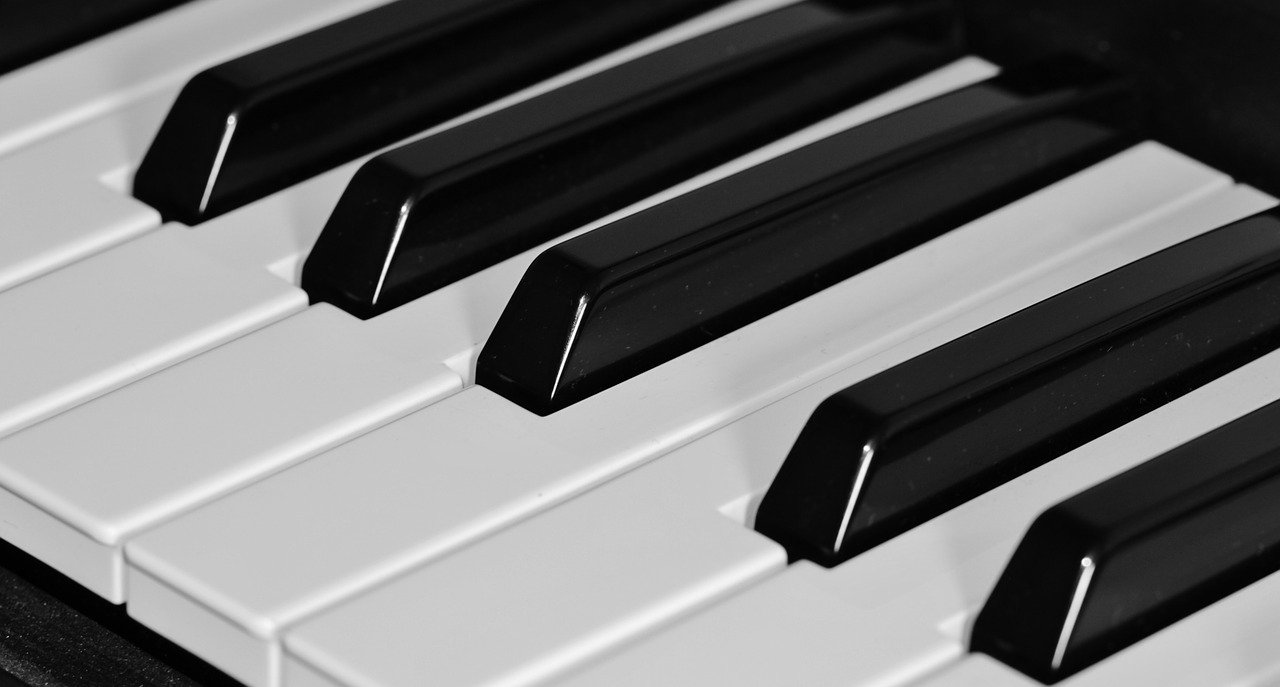
Playing On The Black Keys
Photo courtesy of Anja and http://pixabay.com
After we moved to St. Croix,
I met and became friends with the son of a Baptist minister. He was a "natural musician," and he introduced me to a simple method of playing keyboards.
Rather than starting in the key of C on all white keys, my friend showed me the key of F# (F-sharp) having a scale predominantly on the black keys.
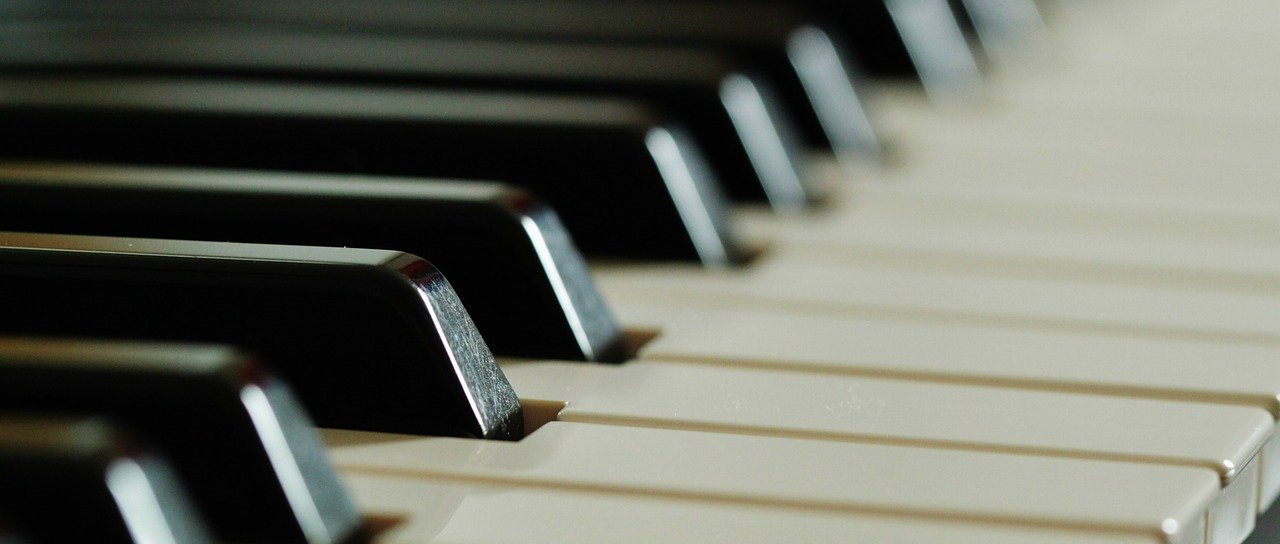
Playing On The Black Keys
Photo courtesy of Anja and http://pixabay.com
I've come to think of this as "The Braille Method" of piano playing.
With black keys projecting up from the keyboard, it is easy for me to "feel" my way around, locating and playing chords by touch.
Because of my earlier music experience and training, I have a "good ear" and found that I could listen to songs and figure out what chords they contained. Working out how to play them on the black keys of the piano was not too hard.
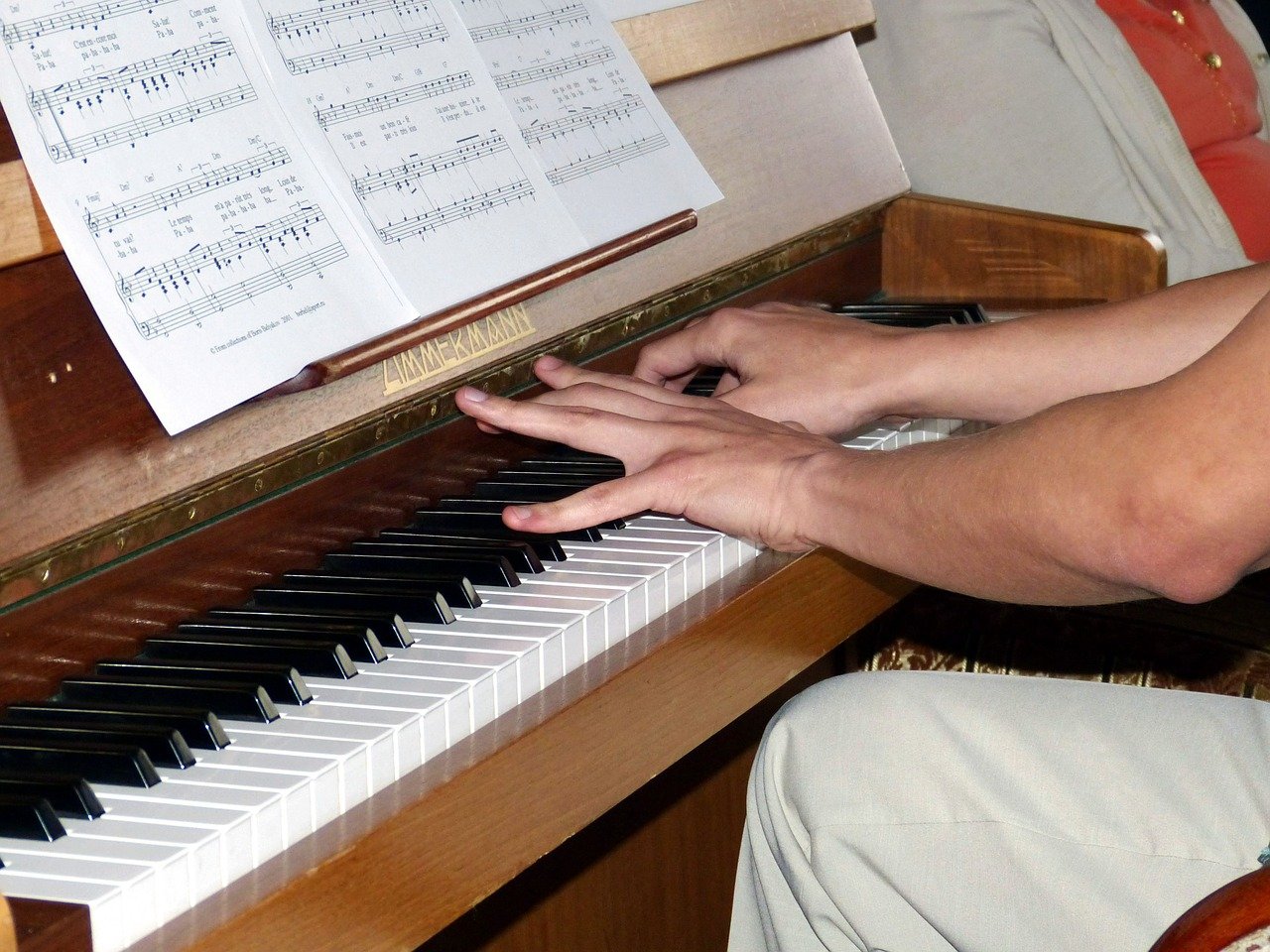
Playing On The Black Keys
Photo courtesy of falco and http://pixabay.com
While I thought this method somewhat unusual,
I was surprised years later to discover that my grandmother also played the piano this way. In retrospect, it makes sense to me now.
Playing in F# is "natural" because of the advantages that it offers. You can find your way around the keyboard without having to look. You can visually engage your audience while you play. You can even play with your eyes closed!
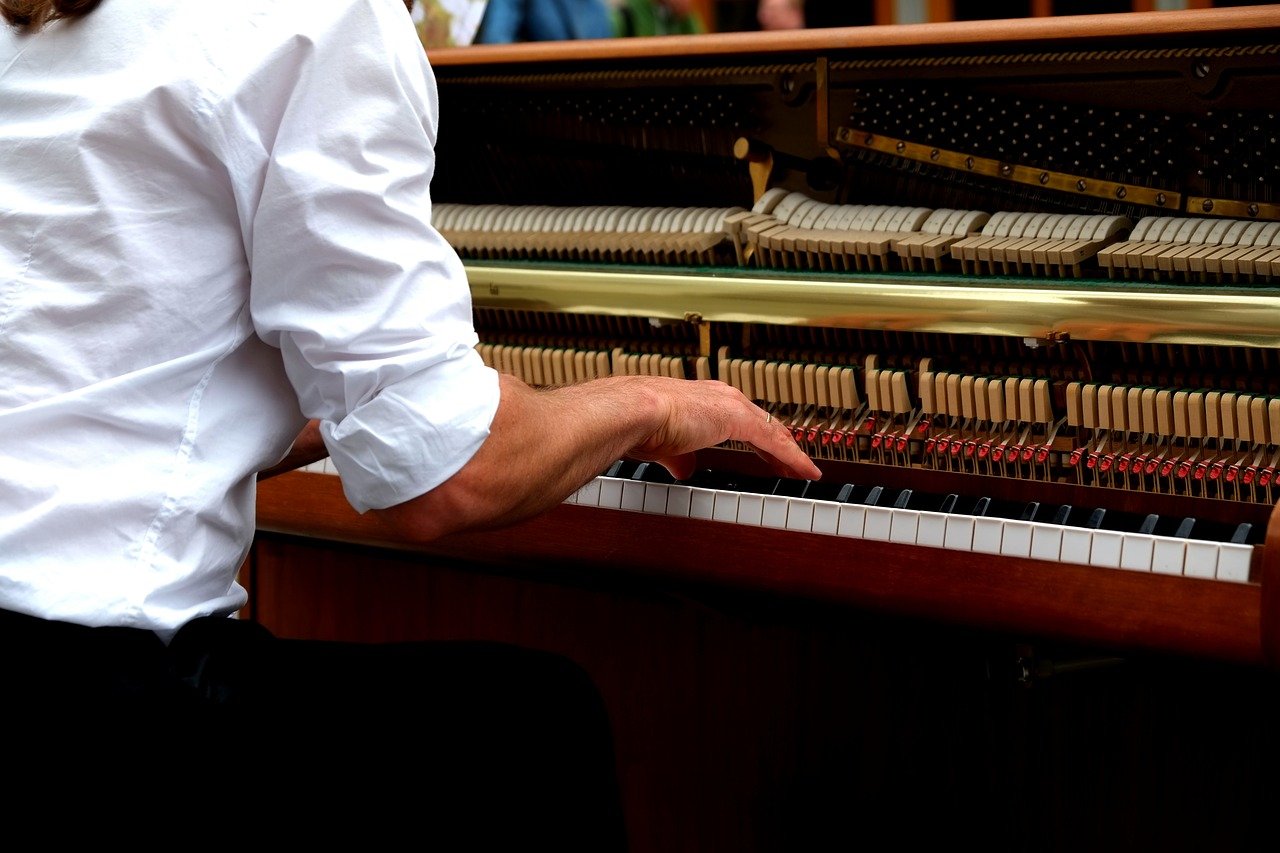
Playing On The Black Keys
Photo courtesy of Holger Schué and http://pixabay.com
The entire F# major scale includes only two white keys.
Furthermore, there are many famous melodies that can be played entirely on the black keys. For instance, the tune for "Amazing Grace" when played in F# needs no white keys whatsoever...
The C# major scale also includes only two white keys.
Martin Luther's "A Mighty Fortress" is written in C# in the Trinity Hymnal, and so it is one of a few songs that I can play in its "original" key.
Thanks to modern electronic keyboards, I can transpose any song I like into its "native" key simply by adjusting the electronics. I get to play in my "favorite" key of F# using "the Braille method," and the sound comes out in a good range for singing.
If you are a keyboard novice,
and want to surprise everyone with how fast you can go "from zero to sixty" playing the piano, give this a try.
This article is simply an introduction to let you know "it can be done." Perhaps if there is some interest, I'll add a few "How-To" articles later on and make this a series. What do you think?
List of Braille Piano Method Posts
**The Braille Piano Method - Playing On The Black Keys **
The Braille Piano Method - Lesson One Melody
The Braille Piano Method - Lesson Two Chords
FIN
LOOK! Check out our amazing product:
>>CLICK HERE!<<
You are why I'm here on Steemit!
I have very eclectic interests and hope, over time, to write about them all.
⬇️To Check Out @creatr's World⬇️CLICK Each Image Below⬇️

|
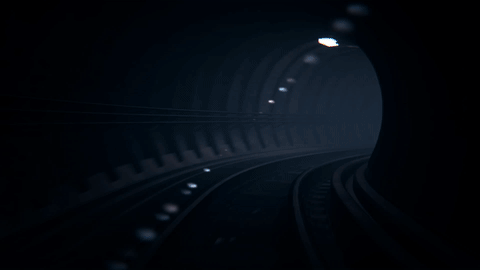
|

|


